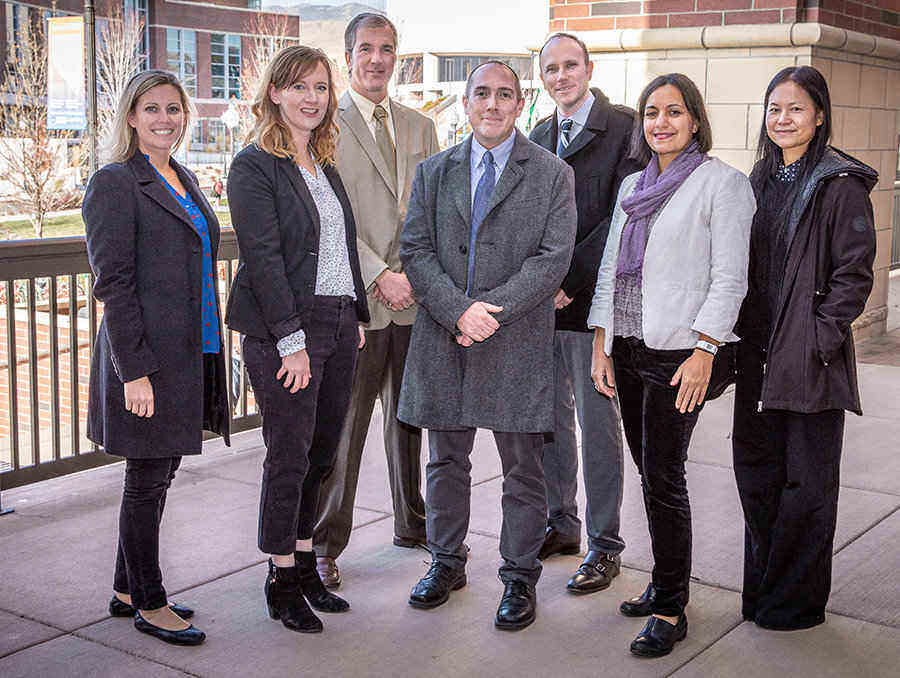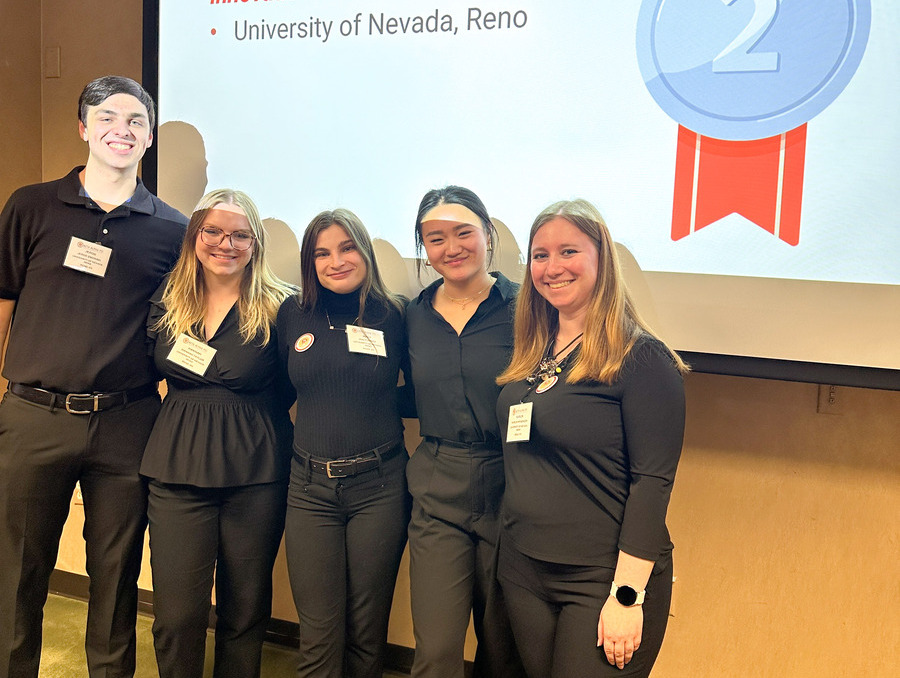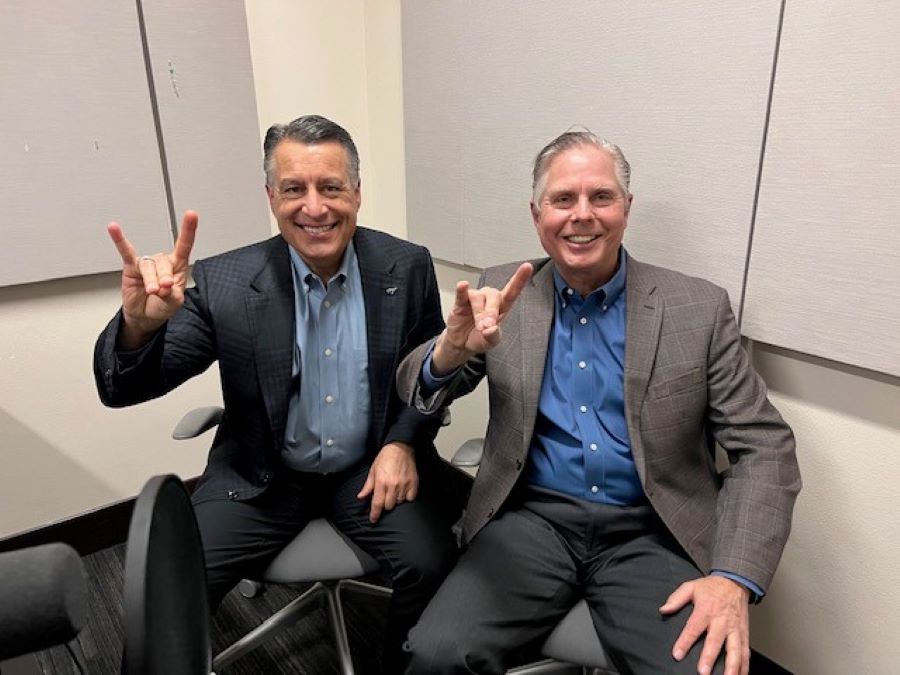How did a small University department with fewer than 10 employees manage to transition approximately 21,000 students and more than 1,000 academic faculty members to emergency remote learning over Spring Break? Tune in to “Checked Out!” the University Libraries new podcast, to hear first-hand just how Teaching & Learning Technologies and the Instructional Design Team (TLT/IDT) pulled off one of the largest transitions to emergency remote learning in the University’s history.
TLT Instructional Designer Kathy Hanselman shares her experience in assisting faculty and instructors with the transition on this week’s podcast.
Making the switch from in-person instruction to emergency remote learning
“As COVID-19 began spreading in China, and they began closing their universities, the TLT/IDT team was watching and observing how these institutions were handling the transition,” Hanselman said. “When we saw the University of Washington become the first major U.S. campus to cancel in-person classes over coronavirus concerns we knew we needed to start preparing.”
That was on March 6. By March 15, Governor Sisolak requested all state agencies take further proactive health measures. Nevada System of Higher Education Chancellor Thom Reilly requested all NSHE institutions transition to remote instruction and operations no later than March 18.
“As news began breaking and we learned of the University administration’s decision to shift to alternate operations, I began exploring instructional technology and tools to help make the transition as smooth as possible,” Ed Huffman, director of Teaching & Learning Technologies said. “We knew early on this could become a reality for our campus.”
University President Marc Johnson said in an email to the campus community March 23, “Our institution has had to quickly pivot in the face of the challenges presented by coronavirus (COVID-19). Among many actions, we have asked faculty to deliver content for for-credit courses online, and we have transitioned the vast majority of delivery of our services online or remotely in order to limit the number of people we have on our campus.”
Emergency remote learning was implemented across campus effective March 30.
TLT/IDT had scaled up an existing agreement with Zoom to cover the entirety of University and its students, faculty and staff just days before the formal announcement was made to campus by President Johnson. This allowed the department to pivot and make the mad dash to support faculty as they navigated the transition. TLT/IDT and the Office of the Provost quickly put together a variety or robust resources to assist faculty in preparing courses for online delivery. The TLT/IDT website was rapidly updated to better assist faculty and to direct them to the resources they needed to manage the shift.
Using Zoom to teach Spanish 303
“To give you a sense of the increase in use and adoption of instructional technology and tools from our community of faculty, staff and students … use of Kaltura, the University’s video server for WebCampus instructional video content, increased from less than 20,000 minutes a day to as many as 60,000 minutes a day as soon as emergency remote learning started in late March,” Huffman said.
Over the three-week timeframe in March, as the transition to emergency remote learning was unfolding, the TLT/IDT team said many faculty members were resourceful in coming up with ways to use technology in an emergency remote learning setting.
College of Liberal Arts Department of World Languages and Literatures Instructor Gerald McMenamin shared his experience with the transition with the TLT/IDT team.
“Because I had been in touch with TLT/IDT, I started teaching my Spanish 303 class with Zoom the week before Spring Break,” McMenamin said.

McMenamin asks all students to turn on their mic and video to best simulate the in-person environment. While the pace of the class on Zoom is different, he said he and his teaching assistant watch for student understanding and feedback through Zoom voice or chat. He also gives a brief, 10-minute quiz in each class. Students join Zoom, then go back to WebCampus for the quiz. Because students are logged into both platforms they can go back and forth during the quiz. They can come back to Zoom for clarification, then they return to WebCampus and finish the quiz.
“Zoom itself has features that make teaching and learning easier,” McMenamin said. “There are more communication possibilities: video, audio, chat, white board, recorded sessions and screen share. My students have been using the class meeting recordings to prepare for quizzes.”
“One of the best experiences I have had on Zoom is office hours,” he said. “On campus, I had regular office hours one hour before each class. Students came in one by one, with one or two sometimes waiting their turn. This same office hour on Zoom quickly turned into a group free-for-all, with me sometimes just sitting back listening to three-to-five students discussing among themselves. This is a very, very good thing.”
To learn more about the University’s transition to emergency remote learning listen to Checked Out!. You can subscribe to the show on Apple podcasts or follow along on Spotify.
To collaborate with TLT/IDT or to reach them for troubleshooting assistance please email the team. This email address is checked by each member of the team, throughout the day during business hours. All email inquiries are addressed and assistance is available.
Teaching & Learning Technologies (TLT) is a department within the University Libraries at the University of Nevada, Reno. TLT provides support for instructional design, instructional technologies, such as WebCampus and the technology found in the University's classrooms.
About the University Libraries
The University Libraries embrace intellectual inquiry and innovation, nurture the production of new knowledge, and foster excellence in learning, teaching and research. During each academic year, the Libraries welcomes more than 1.2 million visitors across its network of three branch libraries: the Mathewson-IGT Knowledge Center, the DeLaMare Science and Engineering Library and the Savitt Medical Library. Visitors checked-out more than 80,000 items and completed more than 2 million database searches.
















